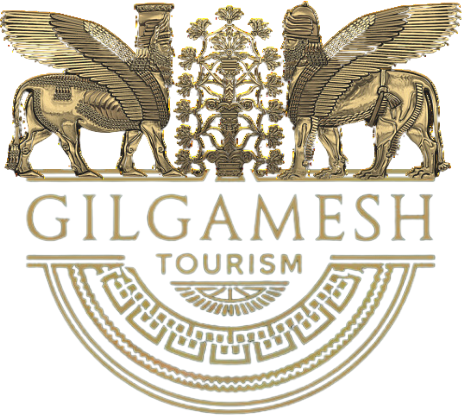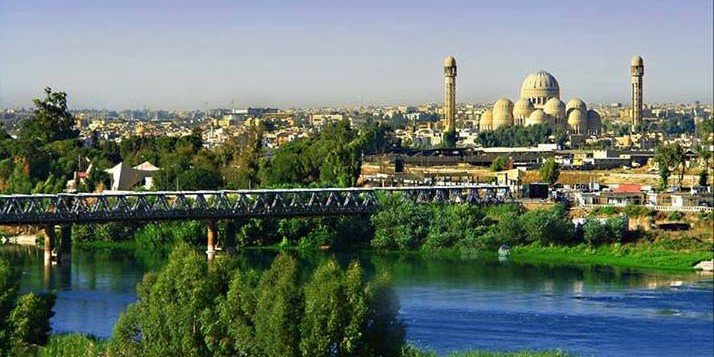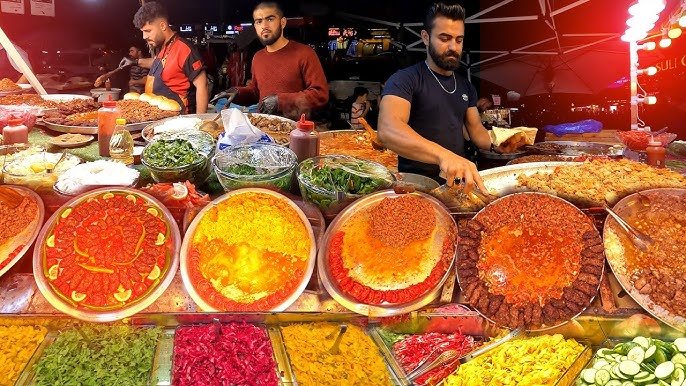Introduction
Mosul, one of Iraq’s most historically rich and culturally significant cities, has witnessed centuries of civilization, from the ancient Assyrians to the modern era. Despite recent conflicts, Mosul has emerged with resilience, and efforts to restore its beauty are well underway. Today, visitors can explore its historic landmarks, vibrant bazaars, and the deep-rooted traditions that define this fascinating city.
1. The Grand al-Nuri Mosque
One of Mosul’s most famous landmarks is the al-Nuri Mosque, originally built in the 12th century by Nur al-Din Zangi. It was known for its iconic leaning minaret, al-Hadba, which stood as a symbol of Mosul for centuries. Though the mosque was damaged in recent conflicts, reconstruction efforts are in progress, aiming to restore its former glory.
Visiting this site offers a look at Mosul’s architectural heritage and the resilience of its people, who are determined to preserve their history.
2. The Ruins of Nineveh – The Ancient Assyrian Capital
Just outside Mosul lies the ancient city of Nineveh, once the capital of the powerful Assyrian Empire. Dating back over 3,000 years, Nineveh was one of the largest cities of its time, boasting grand palaces, towering walls, and elaborate temples.
Today, visitors can walk among the remnants of King Sennacherib’s palace, admire the famous Lamassu statues (winged bulls with human heads), and explore the vast ruins that tell the story of one of Mesopotamia’s greatest civilizations.
3. Mosul’s Old City and Traditional Markets
A stroll through Mosul’s Old City reveals a mix of Ottoman, Arabic, and Assyrian architecture. Despite the damage from past conflicts, the area remains a hub of culture and tradition.
For those who love shopping, Mosul’s Souq al-Nabi Younis is a must-visit. This bustling bazaar offers everything from traditional Iraqi spices and handwoven carpets to gold jewelry and local crafts. It’s the perfect place to experience the daily life of Mosulis and bring home a unique souvenir.
4. The Monastery of St. Elijah (Dair Mar Elia)
One of the oldest Christian monasteries in Iraq, Dair Mar Elia (St. Elijah’s Monastery) dates back to the 6th century. Though heavily damaged, it remains a powerful symbol of Mosul’s diverse religious history.
Efforts are being made to preserve what remains, and the site continues to attract visitors interested in Iraq’s Christian heritage. The monastery’s location, set against the rolling hills of northern Iraq, also offers a peaceful and scenic escape from the bustling city.
Conclusion
Mosul’s journey from ancient times to the modern era is a testament to its strength and significance in Iraqi history. As it undergoes restoration, the city continues to welcome travelers eager to explore its deep cultural roots, breathtaking landmarks, and enduring spirit.
If you’re planning a trip to Iraq, Mosul should definitely be on your itinerary. Would you visit this historic city? Let us know in the comments!






